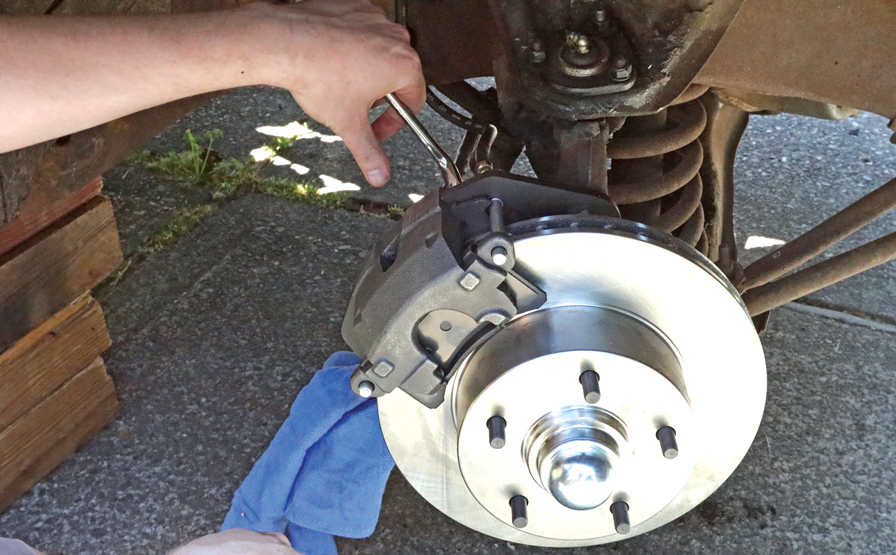
Buying and selling is the core of American Car Collector magazine — but we’re also very much interested in things people can do to their own cars to make them more usable. Modern traffic isn’t always friendly to classic cars, and why own a classic if you don’t drive it? There is a time and a place for originality, and there are things you can do to your old car that make it a better driver without throwing away its original look or charm.
I’ve installed all kinds of upgrades on a bunch of different cars over the years — everything from roller camshafts, overdrive transmissions and complete fuel injection systems can totally change a classic’s personality and drivability. But of all the upgrades you can choose, by far the best bang for the buck? Disc brakes.
This isn’t any new science — most cars had discs by the early 1970s. But what is new is the simplicity of some of the kits out there today. Companies such as Right Stuff make conversions for a bunch of different cars using OE-style parts, and they’re not typically all that expensive considering the performance and ease of service that they offer — in most cases, you’ll be under $600 for a front disk system and the related hardware. $1,500 is four-wheel disc territory.
In the past, you’d have to know what OE parts to choose — specifically from what years and models — to convert your older car over to newer brakes. For example, when I put discs on my ’66 Caprice, I had to figure out what year spindles would work with my factory ball joints. I ended up swapping the complete front spindle assemblies from a 1969 Impala, which worked but also removed some of my turning radius in the process. Also, replacement ’69 Impala rotors are now hard to find, so I created a new problem for myself that I’ll eventually need to confront. Additionally, I had to add a dual master cylinder and change up some of the brake plumbing as well. Today’s kits come complete and solve most of these problems for you.
Most drum brake cars will only really need discs swapped in up front — but you can also find kits that will handle all four wheels and still fit under 14- or 15-inch stock wheels. Either setup will make a big difference in how your car rolls to a stop, and even the most pushy purist won’t ding you for the addition of safety in your driver-level classic.
Want to learn more about doing a swap? We swapped a ’67 Impala over to discs last summer. Here’s how we did it.